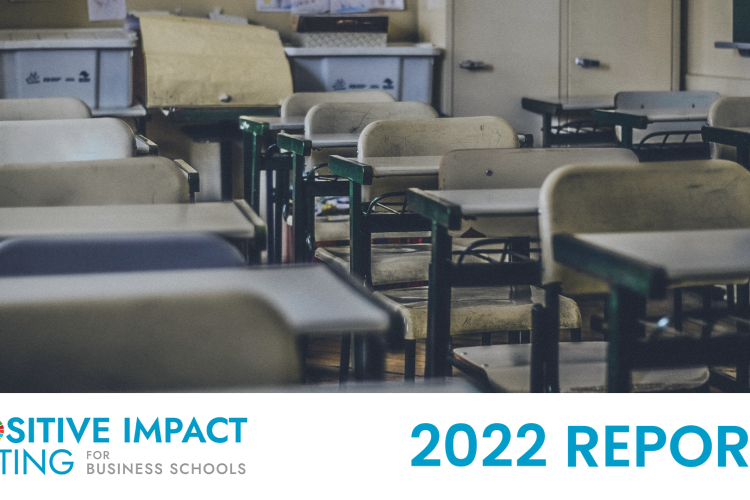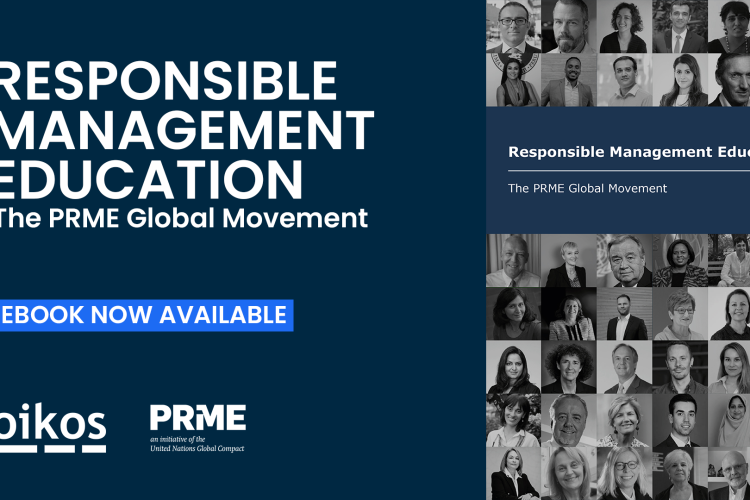Case Abstract
Since September 2008 OSRAM runs a social business following the triple bottom line, which means that it has to be socially, environmentally and financially sustainable. The project, which provides light to regions that do not have power supply systems, was initiated at the Lake Victoria in Kenya. Using the latest technology and a totally new business model OSRAM is able to satisfy the needs of the poor, people who live at the bottom of the pyramid.
The core of the project is the O-Hub, a charging station with 48 solar panels on the roof, which are used for recharging batteries for illumination, mobile phones and other electric devices as well as for cleaning and purifying drinking water. With a leasing system and various other innovations along the whole value chain OSRAM manages to offer products that perfectly fit to the local requirements and environment in a quantity and for a prize that is affordable for people living at or below the poverty line.
As energy, light and clean water nowadays represent major prerequisites for economic growth, OSRAM sees its business model as a potential solution for developing countries and emerging markets, which cannot afford establishing a power supply system, for further economic development. Therefore, OSRAM used the first year as a trial phase and in order to test the new concept at the bottom of the pyramid, to standardize products and services as well as to find out whether the social business can be expanded to other countries and environments.
After the first year, the project team recently presented the status quo to OSRAM’s board, which has now to decide upon the project’s future and whether to continue it at all. Even though the pilot phase was successful overall, the project is not able to compete with other OSRAM projects from a financial point of view yet. In addition, a continuation in form of an expansion, however, would require valuable resources. Therefore and especially now during an economic downturn where cost saving measures have to be undertaken in every part of the MNC, the decision whether to further invest in the social business embodies a major dilemma.
[table id=63 /]



